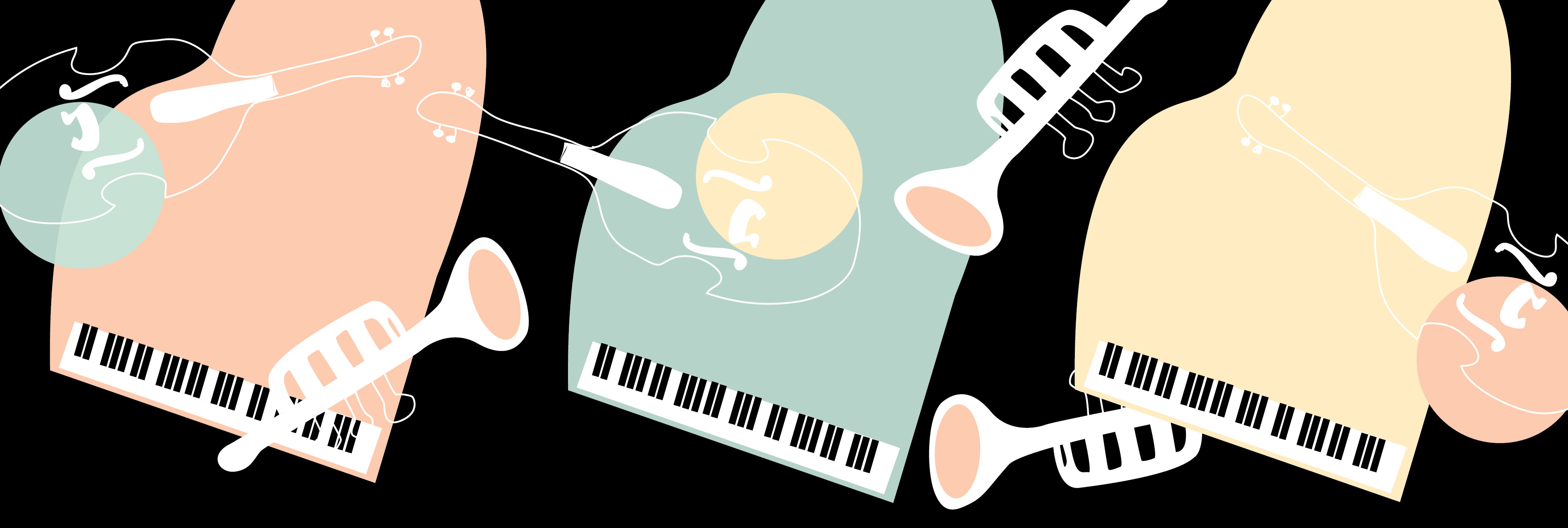As a monumental ruler, Charlemagne is largely remembered as the first Holy Roman Emperor who advocated Christianity and expanded the education system within his realm. As he was engaged in his ambitious military tactics and conquests while still king of the Franks, Charlemagne strategically sought to maintain his realm with a politically unified culture. Most prominent was his promotion of Christianity while destabilizing Paganism during the Carolingian Renaissance. Subsequently, Charlemagne acquired the support of the papacy and his eventual coronation as the Roman emperor by Pope Leo III. In addition, Charlemagne mandated an expansion of education systems within his realm to increase Latin literacy to aid his Christianity campaign.
As a part of his ambition to standardize liturgical practices, Charlemagne was aware that sacred music was a significant part of liturgical practices that varied among different regions. The papacy sung Roman chants during their religious services yet religious services in central and northern Europe sang Gallican chants. A consensus was reached by the papacy and Charlemagne that compelled regions performing Gallican chants to incorporate Roman chants in their religious services. The combination of these two styles of chant resulted in the formation of chant that eventually came to be known as Gregorian chant.
However, Charlemagne encountered many obstacles and resistance in establishing this new form of chant into liturgical practices. Firstly, the culture of the Middle Ages rejected much of ancient Greek culture, which included musical notation. While not sophisticated in structure, the Greeks had developed a musical notation system so that music did not have to be learned orally from person to person. However, the Middle Ages reverted back to less developed methods and therefore had no substantial musical notation system to spread the newly formed chant across Charlemagne’s empire. He was compelled to send Roman cantors to meet with Frankish cantors to incorporate Roman chants with Gallican chants.
This process alone proved to not be effective in persuading northern churches to incorporate Roman chant despite its alleged superiority to Gallican chant. To augment this musical mergence, it was claimed that Pope Gregory created this form of chant when visited by the Holy Spirit in the form of a dove. According to this legend, the dove rested on Pope Gregory’s shoulder and whispered the divine music into his ear. Thus with the creation of this legend, the new chant eventually became known as Gregorian chant. The exalted connotation associated with Gregorian chant aided its dispersion across Charlemagne’s realm as he intended. By unifying the culture of his empire, Charlemagne demonstrated how even music has been used as method of control to achieve a larger political aim.




Leave a Reply